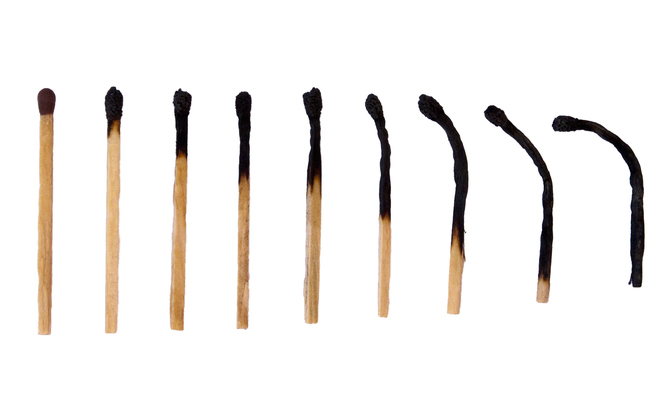Straight facts about Peyronie’s disease

How straight does a man’s penis need to be? Should a man be concerned if his manhood no longer points forward? Is this condition part of the normal aging process?
Peyronie’s disease, a wound healing disorder, usually afflicts men above the age of 50. The insidious bending of a man’s penis which eventually affects penetrative intercourse with his partner is not something most men would want to discuss openly. Peyronie’s disease is deemed to be less prevalent in Asian men. However, I beg to differ. The perceived lower prevalence of this disease is more likely to be due to the lack of awareness of this condition. Peyronie’s disease may not be a malignant (or cancerous) condition, but the psychological effects on these men is significant. Peyronie’s disease affects a man’s self image, his self esteem as well as his relationship with his partner.
What starts off as an off-centre organ develops into a perceiveable lump on the penis. The penile curvature results in the total inability to penetrate the partner without causing pain to either to the man or his partner and in many cases the couple. As much as everyone likes to console the man that size does not matter, for men with Peyronie’s disease, length and girth are often affected. Erectile dysfunction can also set in either due to the curvature or due to the intense psychological stress this condition afflicts on the man.
Treatment of Peyronie’s disease is not straight forward (pun intended). The presence of erectile dysfunction would make certain surgical options more applicable than others. To date, surgical intervention is still the gold standard for treatment of this condition. Other forms of treatment would help to slow down the deformation and shortening of this important male phallic symbol.
See a specialist who is trained in the treatment of Peyronie’s disease for the best outcome after a face-to-face consult to straighten things out once and for all.
Dr Ronny Tan talks about Peyronie’s disease in Asian men.